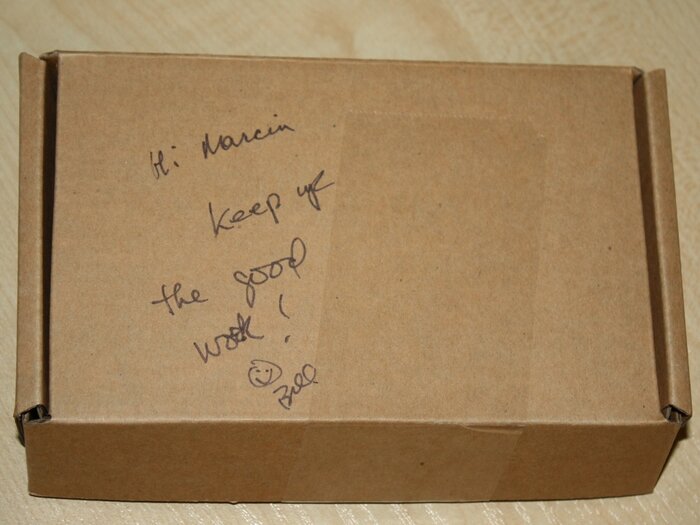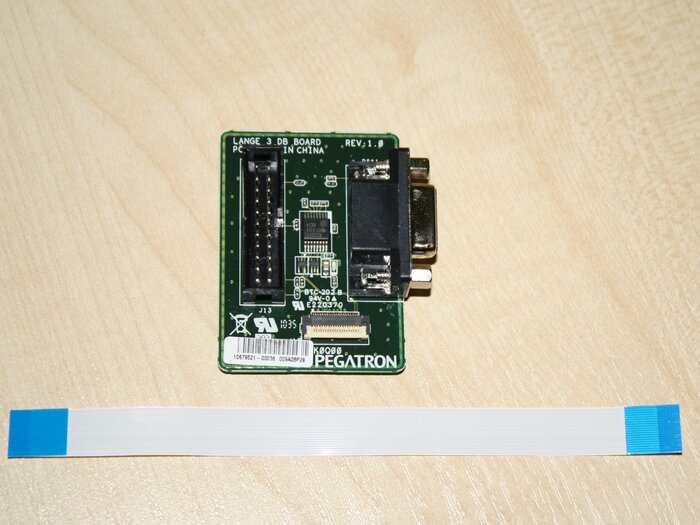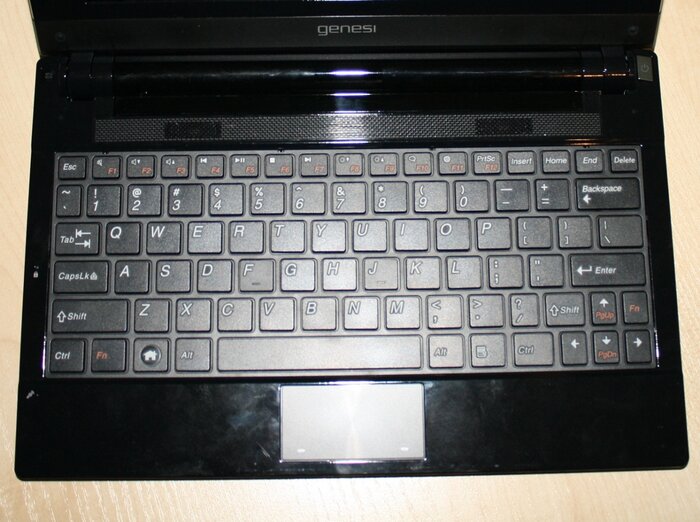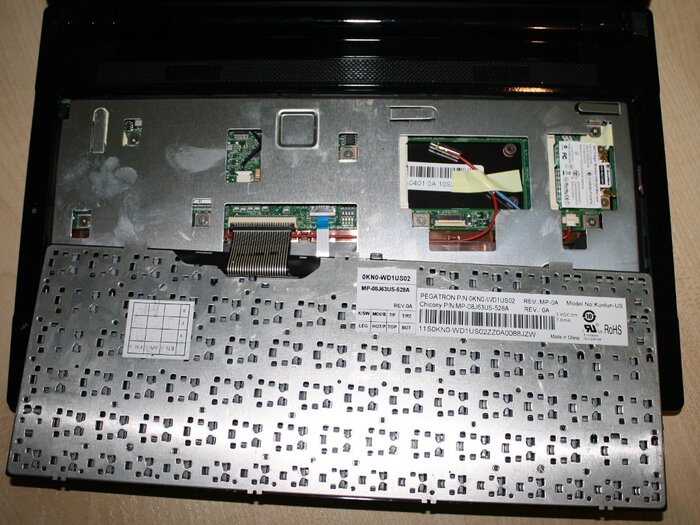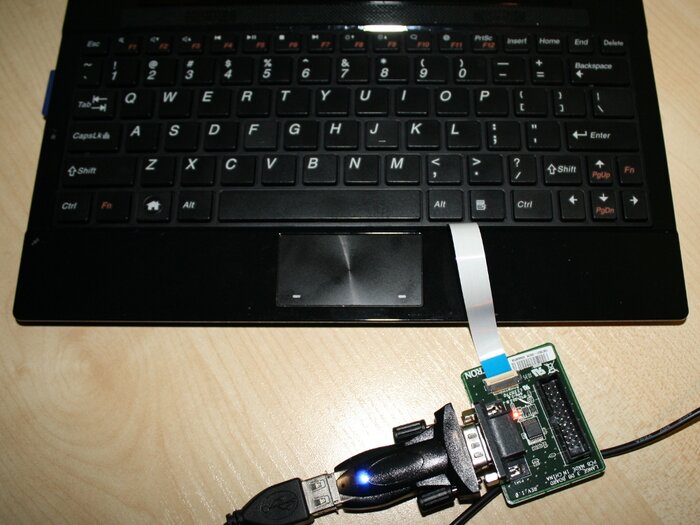Last week I was in Dallas, TX on Ubuntu/Linaro platform sprint rally. Like
previous one in Prague
this one was also spent on nailing workitems to get job done.
This time I was working on backport PPA which contains current (11.04/natty) cross toolchain packages for Ubuntu 10.04 ‘lucid’ and 10.10 ‘maverick’. I got it working and populated recently. After announcement I got first bug reports so now I am trying to fix all issues.
But such events are not only work. It is also good time to meet people which you know, known but not met and others. One day I went to Andrea Gallo to say hi and was introduced to Rajeev Kapoor (also from ST-Ericsson). I was surprised that he remember me from times when I was working on NDK-15 support in Poky (around May—July 2007). I heard some forgotten stories, discussed current ST-E board work and we went to other groups.
Other day I met Jim Huang and Matt Hsu from 0xlab. It was first time when we met face to face but we were working with each other several years ago during Openmoko times. Now they work mostly on Android and shown me hibernation support for ARM. Beagleboard went to sleep and got back to running state in nearly no time.
Wednesday evening was nice. I went to Barcadia with guys from Texas Instruments where we met Texrat (Maemo community). Got some food, beers (“Arogant Bastard Ale” was interesting but even after second one I am still not worthy) and had some discussions. But what that place had was awesome: still working coin-up arcade machines from early 80’s! There were Space Invaders, Moon Patrol and several others. I lost few coins on Galaga just to notice how awful player I am ;D
On Thursday we went for a dinner to Medieval Times. It was a show with some kind of food. Next day someone nicely described it as “good bad experience” — I hope to not having to watch this kind of entertainment again.
It was good event. This time I was not so jetlagged like during UDS-N in Orlando so got sleep times better. And I do not suffer too much now.
